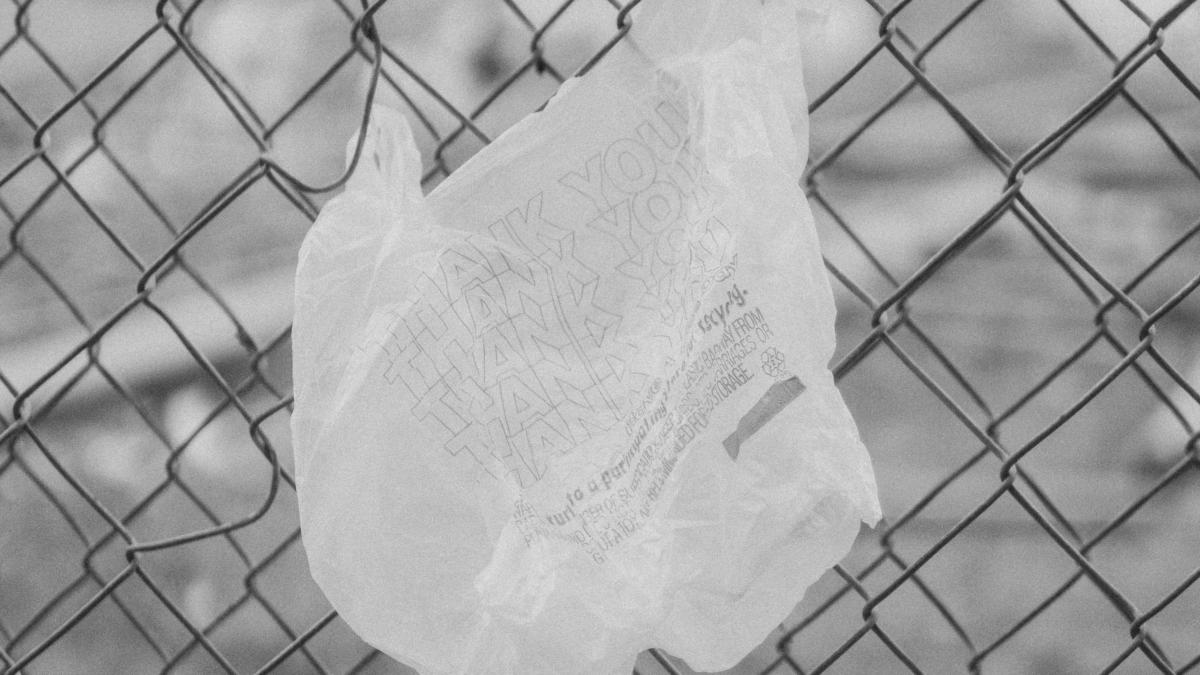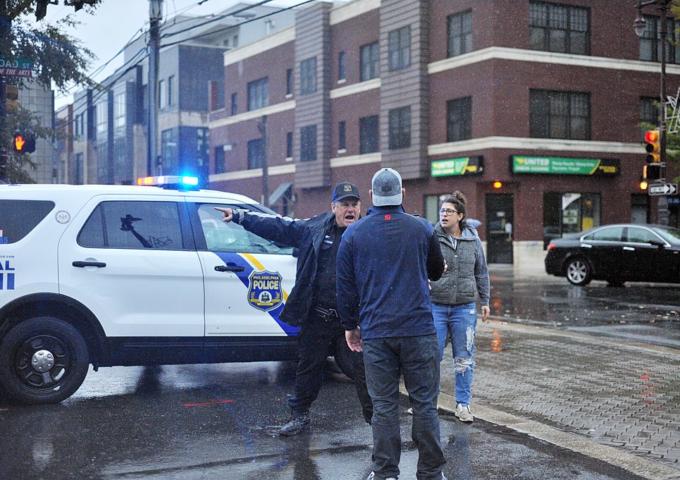Not long ago, notorious Philadelphia union boss John Dougherty (AKA “Johnny Doc”) and half a dozen of his cohorts were expected to go on trial in May for embezzling more than $600,000 in union funds from rank-and-file electricians in Pennsylvania.
But May has come and gone, and the reality is it turned out well for Johnny Doc and other International Brotherhood of Electrical Workers Local 98 union bigwigs. Their federal trial for embezzlement, bribery and theft has been pushed back to a yet-to-be-determined date.
And early this month, Johnny Doc, who is separately awaiting trials on 18 counts of extortion and one count of conspiracy to commit extortion and on charges that he bribed a Philadelphia city councilman with a $70,000-a-year no-show job, received a big show of support from dozens of his fellow union bosses in the Keystone State.
On June 7, Philadelphia Inquirer staff writer and columnist Chris Brennan reported that the bosses of the AFL-CIO-affiliated Philadelphia Building and Construction Trades Council, a conglomerate of more than 50 unions, had just re-elected Johnny Doc as their outfit’s top officer.
The PBCTC has offered no public explanation as to why Johnny Doc deserved another term as business manager after he and his cohorts allegedly stole more than $600,000, primarily dues and fees that the employees under their control are forced to fork over as a job condition due to Pennsylvania’s lack of a Right to Work law.
But in February 2019, the first time PBCTC officers met after Johnny Doc and company were indicted, Philadelphia AFL-CIO President and PBCTC Secretary-Treasurer Pat Eiding emphasized to the Inquirer’s Juliana Feliciano Reyes that council support for the indicted union bigwig was universal. “Nobody, and I clearly want to say nobody, asked John to leave the Building Trades,” declared Eiding.
In the alternative world where Eiding and many other Pennsylvania union officials live, it seems, there is nothing wrong with Big Labor bosses using dues and fees that workers are forced to fork over as a job condition to enrich themselves and buy political influence. And a host of union-label Keystone State politicians also evidently live in that world.
One remarkable illustration of the mindset of pro-forced unionism Democrat politicians in Philadelphia was their decision last fall to launch a legal defense fund for Councilman Bobby Henon, the former Local 98 staffer who, according to a federal criminal indictment, wielded the power of his office to do Johnny Doc’s bidding, year after year, in exchange for a series of bribes.
Henon allegedly even “weaponized the city’s Department of Licenses and Inspections against non-union labor, sending them after a [union-free] company hired to install an MRI machine at the Children’s Hospital of Philadelphia,” as investigative journalist Max Marin put it in a report for WHYY radio last year.
Of course, Johnny Doc, Bobby Henon, and the rest of the IBEW gang all have a right to their day in court before they are subjected to any criminal punishment. But no citizen with a modicum of common sense needs to wait for a jury to tell him or her that Local 98 is a crooked operation that is not run for the benefit of the workers it purportedly represents.
So why are other union officials and union-label politicians continuing to side with the Local 98 hierarchy rather than abused forced dues-paying workers?
The fact is, the lack of a Pennsylvania Right to Work law protecting employees has fostered a “culture of corruption” in which many union bosses come to believe, whether they say so openly or not, that it’s OK for them to do whatever they wish with money extracted from unionized workers.
In a Right to Work environment, union members who suspect their dues money isn’t being used for good and proper purposes can fight back by resigning from the organization and cutting off all financial support for it.
That’s a message union bosses in all 50 states can understand. It undoubtedly helps account for the fact that documented cases of union corruption are far more rare in Right to Work states.
Mark Mix is President of the Springfield, Va.-based National Right to Work Committee.
_______________________
Defunding public schools is the goal
I’ve been following the hysteria being created by right-wing media over “Critical Race Theory” and how it has now devolved into the Republican Party calling for an army of the uninformed, or misinformed, to show up at school board meetings to protest a curriculum that doesn’t exist.
Now they have told people that “CRT,” as it is being called, is really what is meant by “equity.” It is not.
Equity is the idea that every student has individual educational needs that we must supply in order to provide the FREE and EQUAL education our Constitution mandates.
Yes, it is a Constitutional RIGHT.
Critical Race Theory has NOTHING to do with equity policy. CRT is just a fear-mongering tactic by the far right to convince people to distrust public schools.
And what is there to gain by creating this distrust? Hundreds of millions per district, and by some estimates maybe a trillion dollars total per year in school funding. The goal is to launder these public funds into private profit by creating voucher schemes and online charters “managed” by vulture capital created education management corporations.
You see, local property taxes go directly to local school districts. The funds are used to create local jobs. Fund local construction projects. Care for local grounds and create opportunities for local families.
The money never goes to D.C., or Harrisburg.
And that is the problem. There is no way to skim off money, or create earnings per share, if you don’t move the money out of local school districts.
This is just another scheme to scam taxpayers into distrusting government and blaming schools to enrage the base of the far right and undermine our democratic foundation.
And if you don’t believe me that public education is the foundation of our republic, just ask George Washington. In an address to Congress, he said, “A primary object should be the education of our youth in the science of government. In a republic, what species of knowledge can be equally important? And what duty is more pressing than communicating it to those who are to be the future guardians of the liberties of the country?” That includes teaching facts. And history.
Equity is simply the idea that we provide the students with what they need. Anyone who tells you different is lying. And by the way, equity will save school districts money. So it will also keep property taxes low. So why are Republicans trying to remove something that will keep taxes low? Why would the Republican Party want to force property tax increases?
Attend your local school board meetings. Don’t let disinformation and fear mongering do real and lasting harm to our children.
Lisa Longo | Phoenixville
____________________
Government-funded labs don’t invent new drugs
House Democrats just introduced a bill designed to lower prescription drug prices. It doesn’t. But wait, it gets worse.
The Lower Drug Costs Now Act, or H.R. 3, is a reprise of a 2019 bill that passed the House but failed to gain support in the Senate.
Back then, opponents criticized the measure for the impact it would have on innovation. One economic analysis found the 2019 bill would result in 56 fewer new drugs over a decade.
To preempt that criticism this time around, the new version boosts funding for the National Institutes of Health.
The logic here rests on the notion that government researchers invent and develop new drugs. While I sympathize with the desire to lower drug costs for everyday Americans, that logic is wrong. The new version of H.R. 3 would have just as devastating an impact on innovation as the old version.
Yes, NIH labs and federally supported researchers at universities conduct critical, basic research that broadens our understanding of medicine.
But private firms, backed by billions in private capital, explore those ideas to see if they might be able to develop new drugs. If those companies think they’re onto something, they begin the arduous and expensive process of FDA clinical trials.
At the end of the day, private firms, not the federal government, invent new drugs.
NIH scientists do a fantastic job making basic scientific discoveries. Basic doesn’t mean easy, but rather foundational. The NIH spends about $15 billion annually to find out how certain molecules interact with one another or how something like mRNA could be used for a vaccine.
Private firms license that public research and use it to develop a new drug with a specific application. That applied science costs a lot. U.S. firms – from large biopharma companies to smaller biotech startups – spend around $100 billion every year on R&D – more than six times the NIH budget.
Moderna offers an illustrative example. Barney Graham, deputy director of the NIH’s Vaccine Research Center, is often profiled for the major role he played in the foundation of Moderna’s COVID-19 vaccine. That work was certainly critical. But it depended on Moderna’s mRNA delivery platform, which had been in the works for a decade – and cost its investors and partners about $2 billion to develop. So without Moderna, a small biotech backed primarily by private investors, what we now know as one of the game-changing COVID-19 vaccines would have languished in a government lab.
Put plainly, private firms invent the life-saving drugs people actually buy at the pharmacy.
The whole innovation ecosystem would crumble if the government could swoop in and set below-market prices on drugs. Since successful drugs have to pay for all the experiments that never make it out of the lab or through clinical trials, it costs nearly $3 billion to bring one new drug to market. Investors only take those odds because market prices give them a chance to recoup investment costs for the ones that do succeed. If the government makes it impossible to earn a return, investors would flee to other sectors.
H.R. 3 is an assault on our innovation ecosystem and needs to be stopped. The government certainly plays a critical role in funding foundational research, but it’s the private sector that brings new medicines to market.
Peter J. Pitts, a former Food and Drug Administration associate commissioner, is president of the Center for Medicine in the Public Interest. Reprinted with the permission of The Washington Times.
________________________




